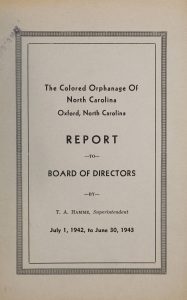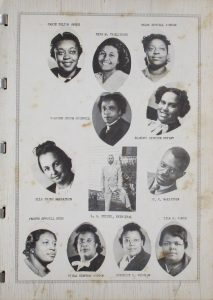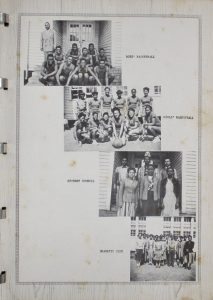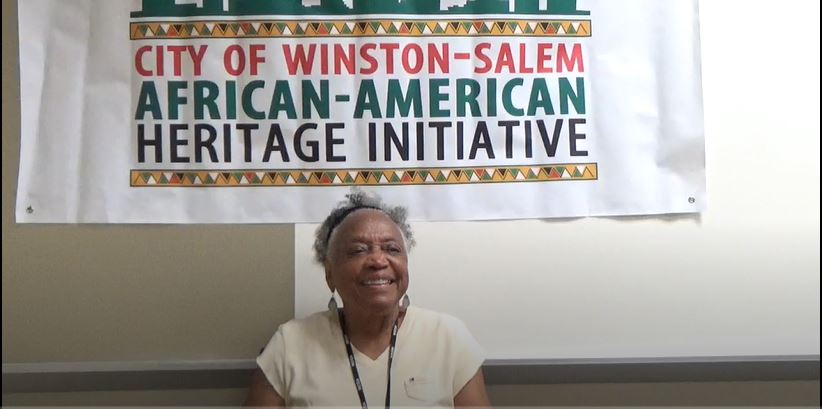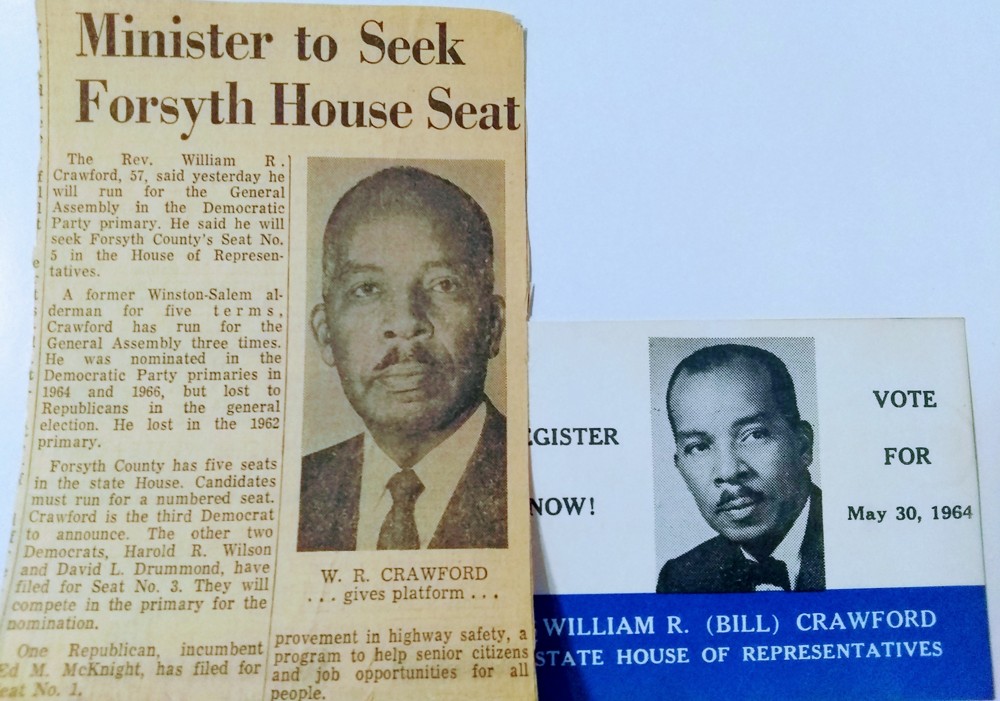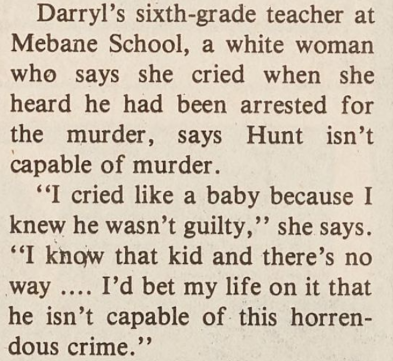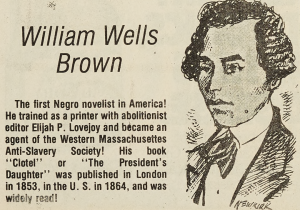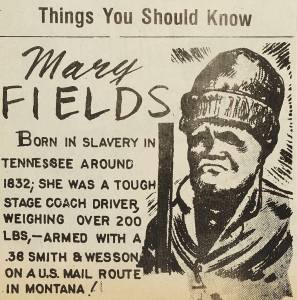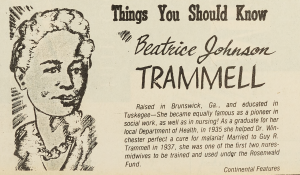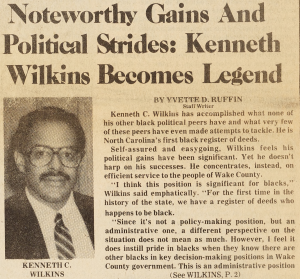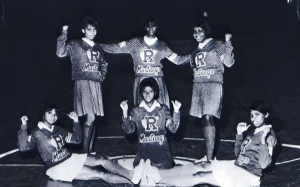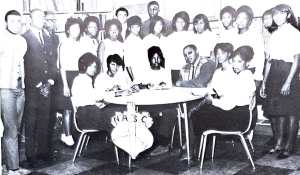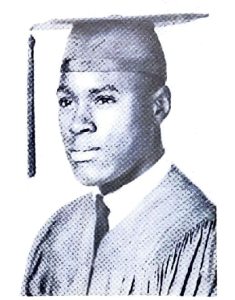
Thanks to our partner, University of North Carolina at Chapel Hill, a batch of fill-in issues of the Winston-Salem Chronicle spanning from 1975 to 2013 are now available on our website. Included among the issues added were February 7, 1985 and June 27, 1985. These particular issues are notable for their articles written on Darryl Hunt, a Black Winston-Salem man who was falsely convicted of murdering (among other charges) Deborah Sykes in 1985.
The Winston-Salem Chronicle staff was among the many community members that voiced their concerns over the arrest of Darryl Hunt. In the February 7, 1985 issue of the paper, executive editor Allen H. Johnson writes a large, three page article on the case, using every inch of the pages to humanize Hunt and point out the inconsistencies of the case.
In the article, Johnson includes several interviews from community members and organizations such as Alderman Larry Little, Hunt’s uncle William Johnson, and the NAACP. In these interviews, many community members mention their shock and vehement disbelief that Hunt could have committed murder. Even Hunt’s sixth grade teacher was interviewed, saying: “‘I cried like a baby because I knew he wasn’t guilty,’ […] I know that kid and there’s no way …. I’d bet my life on it that he isn’t capable of this horrendous crime.'”
Despite inconsistencies, lack of concrete evidence, and efforts by the community, Hunt was convicted and sentenced to life in prison on June 14, 1985. In 1989 however, the North Carolina Supreme Court overturned the previous conviction due to the original prosecutors introducing false statements made by Hunt’s at-the-time girlfriend which she recanted before the initial trial. On appeal, Hunt was released on bond and offered a plea bargain where he would be sentenced to the time he had already served (five years) for a guilty plea. Hunt rejected the bargain and went through a retrial. He was again convicted and sentenced to life in prison.
After the second conviction, Hunt’s attorneys Mark Rabil and Ben Dowling-Sendor filed for the DNA gathered from the crime scene to be tested. The results came back in October of 1994 and determined that the DNA did not match Hunt’s. Despite the results, requests for an appeal were rejected. The reasoning given for the denied appeal was that new evidence was not absolute proof that Hunt was not involved.
Ten years after learning that the DNA did not belong to Hunt, authorities ran the crime scene DNA through the state’s database. It was discovered that the DNA actually belonged to Willard E. Brown, a man who was already incarcerated for another murder. Finally, after serving 19 years in prison, Darryl Hunt was exonerated on February 6, 2004.
To read more issues of the Winston-Salem Chronicle, please click here.
To view more newspapers from across North Carolina, please click here.
To learn more about the University of North Carolina at Chapel Hill, please visit their website.
Information about the Darryl Hunt case was gathered from Phoebe Zerwick’s Beyond Innocence: The Life Sentence of Darryl Hunt, the Innocence Project, and DigitalNC graduate assistant Sophie Hollis.
